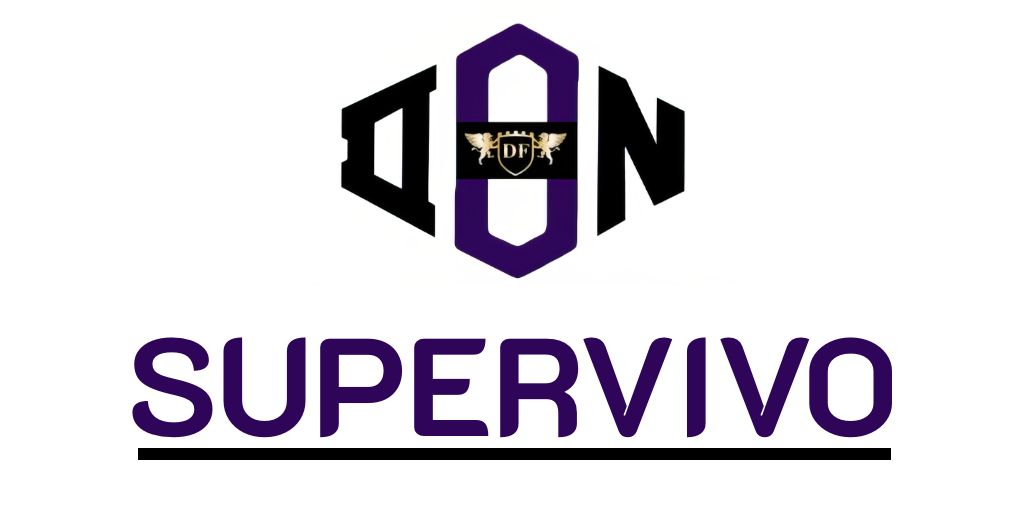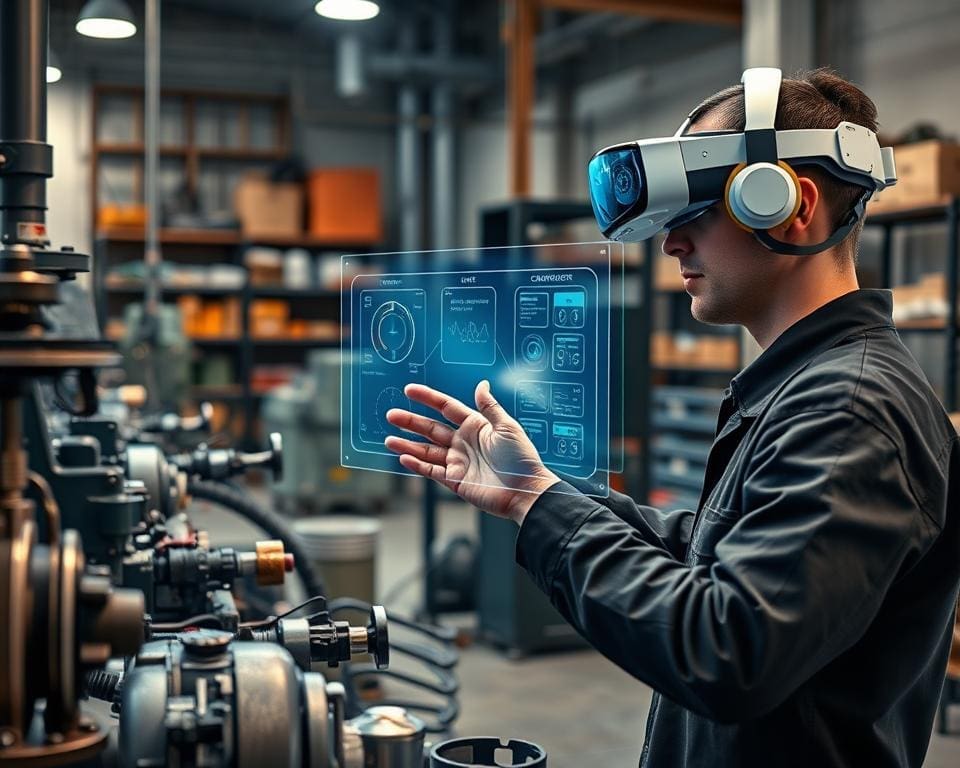In an era where technology is reshaping business landscapes, one revolutionary tool stands out: augmented reality (AR). As companies explore strategies to enhance learning experiences, the question arises: how can augmented reality improve workplace training? This innovative approach offers dynamic, interactive environments that keep employees engaged and motivated. AR’s applications are already proving invaluable in sectors like manufacturing, healthcare, and retail. Research from leading firms such as Gartner indicates significant improvements in employee performance and retention rates through AR training solutions for businesses. Beyond just engagement, augmented reality benefits for training can lead to considerable cost savings and efficiency gains, making it an ideal choice for forward-thinking organisations.
Introduction to Augmented Reality in Training
Augmented reality (AR) serves as an innovative bridge between the digital realm and the physical world, enhancing experiences by overlaying digital information onto real environments. Unlike virtual reality (VR), which immerses users in a completely virtual space, AR integrates additional data seamlessly into the user’s actual surroundings. This distinction highlights the immersive technology for employee learning as a powerful tool, especially in corporate training settings.
The augmented reality benefits for training are becoming increasingly recognised as organisations seek to elevate their educational methods. By incorporating AR, companies can provide tailored training experiences that engage employees more effectively. With statistics from AR Research Reports demonstrating enhanced retention rates and improved performance metrics, the transition to AR in workforce education emerges as a compelling strategic move.
As the landscape of training continues to evolve, the incorporation of AR signifies the forefront of trend-setting methods in corporate education. This modern approach resonates particularly with today’s workforce, who expects interactive and engaging learning experiences. The benefits of AR in workforce education are not merely theoretical; they represent a shift towards dynamic learning environments, fostering engagement and practical skills in ways that traditional training methods often fail to achieve.

Understanding Immersive Technology for Employee Learning
Immersive technology for employee learning encompasses various cutting-edge tools designed to enhance training experiences. Augmented reality (AR) leads this transformation, complemented by mixed reality (MR) and realistic simulations. These technological advancements create enriched environments where employees can engage more deeply with their learning material.
The cognitive benefits of immersive learning are significant. Studies reveal that employees often experience increased retention rates and heightened engagement levels when exposed to AR-based training methods. By fusing theoretical concepts with practical, hands-on experience, immersive technology cultivates a compelling learning atmosphere. Such an approach not only reinforces knowledge but also nurtures real-world problem-solving skills.
Several companies have successfully integrated these technologies into their training programmes. For example, major corporations have reported substantial improvements in skills acquisition and team collaboration through immersive experiences. By embracing these innovative methods, businesses can flourish in an ever-evolving landscape, ensuring their employees are prepared and proficient.
How can augmented reality improve workplace training?
Augmented reality offers transformative potential for workplace training, enhancing both engagement and effectiveness. One primary way it achieves this is through real-time feedback, allowing trainees to receive immediate responses as they interact with training materials. This instantaneous input fosters a dynamic learning environment, crucial for skill acquisition and retention.
Interactive simulations serve as another powerful feature of augmented reality benefits for training. They create realistic scenarios where employees can practice tasks without the associated risks of real-life consequences. For instance, in the health sector, medical professionals can use AR to simulate surgeries, providing them with hands-on experience before performing actual procedures.
Data visualisation is also integral to the AR training landscape, helping employees grasp complex concepts quickly. Companies such as Boeing utilise AR to help workers visualise the intricate wiring of aircraft during assembly. This capability reduces errors and accelerates the learning curve, illustrating how augmented reality can improve workplace training through effective information delivery.
Endorsements from businesses that have integrated AR technologies reveal measurable improvements in training outcomes. For example, companies across various sectors report reduced time spent on training and increased employee proficiency after implementing AR modules. Such success stories highlight the significant benefits that augmented reality offers, making it an invaluable asset in the modern corporate training environment.
Benefits of AR in Workforce Education
Augmented Reality (AR) transforms workforce education by introducing unique and measurable benefits. One standout feature is the capacity to enhance safety training through realistic simulations. Employees can engage with hazardous scenarios in a controlled environment, enabling them to rehearse safety protocols without risking their wellbeing.
Another significant advantage arises from increased learner engagement. AR training modules often incorporate gamified elements that make the learning process not only informative but enjoyable, resulting in higher motivation levels among employees. This elevated engagement translates to a deeper understanding of material.
Quantitative and qualitative data from various AR pilot projects highlight the effectiveness of this technology. For instance, organisations have reported notable improvements in knowledge retention rates and employee satisfaction following AR training initiatives. Insights shared by industry experts indicate a strong endorsement for integrating AR into training frameworks, stressing its potential to reshape traditional learning methodologies.
AR Applications in Corporate Training
Augmented reality (AR) applications in corporate training are revolutionising the way employees acquire skills and knowledge. Industries ranging from manufacturing to healthcare are leveraging AR training solutions for businesses to enhance the learning experience and improve outcomes.
In the manufacturing sector, AR can provide virtual assembly instructions, enabling workers to visualise complex processes overlaid on physical components. Devices like the Microsoft HoloLens allow employees to access real-time information while performing tasks, reducing errors and increasing efficiency.
Healthcare training benefits significantly from AR as well. Medical professionals can use AR guides to simulate surgeries or patient treatment procedures, offering a risk-free environment for practice. Platforms such as Google ARCore support these applications, facilitating interactive training modules that prepare practitioners for real-life scenarios.
Organisations that have embraced AR applications often report transformative results. For instance, a leading automobile manufacturer implemented AR training, significantly reducing onboarding time while enhancing employee retention rates. One HR manager noted,
“The integration of AR has drastically changed our training dynamics, making learning more engaging and effective.”
With many industries adopting targeted AR interventions, the potential for improving training processes is becoming increasingly apparent. The continued development of AR technologies promises even more innovative solutions, shaping the future of corporate training.
Advantages of AR in Workplace Instruction
Augmented Reality (AR) offers transformative advantages in workplace instruction that traditional training simply cannot match. One significant benefit lies in the ability to create personalised learning paths. Employees can engage with content tailored to their unique learning styles, enhancing comprehension and retention of information. This adaptability represents a leap forward in training methodologies.
The cost-effectiveness of AR presents another compelling advantage. With traditional training methods, expenses can escalate due to travel, time away from work, and resource utilisation. In contrast, AR reduces these costs significantly, allowing companies to allocate resources more efficiently. Studies indicate that companies utilising AR for workforce instruction see a notable decrease in training expenditures.
Statistics from reputable industry analyses highlight that organisations implementing AR technology report a reduction of training time by as much as 40% compared to conventional methods. This acceleration enables employees to become proficient in their roles more swiftly, ultimately benefiting the organisation’s bottom line.
As businesses increasingly embrace innovative solutions, the advantages of AR in workplace instruction stand out as a pivotal advancement. By transforming traditional training into an engaging, efficient experience, AR fosters a generation of workers well-equipped for today’s dynamic job landscape.
Using AR for Skills Development
As industries evolve at a lightning pace, investing in ongoing skills development is crucial for career progression. Using AR for skills development introduces a transformative approach to continuous education, allowing employees to engage with interactive learning experiences tailored to evolving workplace needs. AR creates immersive environments where learners can practice and refine their skills in a safe, controlled setting, fostering confidence and competence.
Furthermore, the benefits of AR in workforce education are clear. It not only enhances the capacity for skill acquisition but also encourages a culture of lifelong learning. Leading companies, such as Boeing and Volvo, have implemented AR programmes that empower their teams to master complex tasks with ease. These initiatives exemplify how AR can equip employees with the necessary tools to adapt to new technologies and processes seamlessly.
In collaboration with educational institutions, tech companies are paving the way for the integration of AR into curricula. This partnership aims to equip future generations with the skills required to thrive in an increasingly digital landscape. By embracing AR for skills development, organisations can enhance employee talents in real-time while preparing them for greater responsibilities, ensuring a robust and future-ready workforce.









